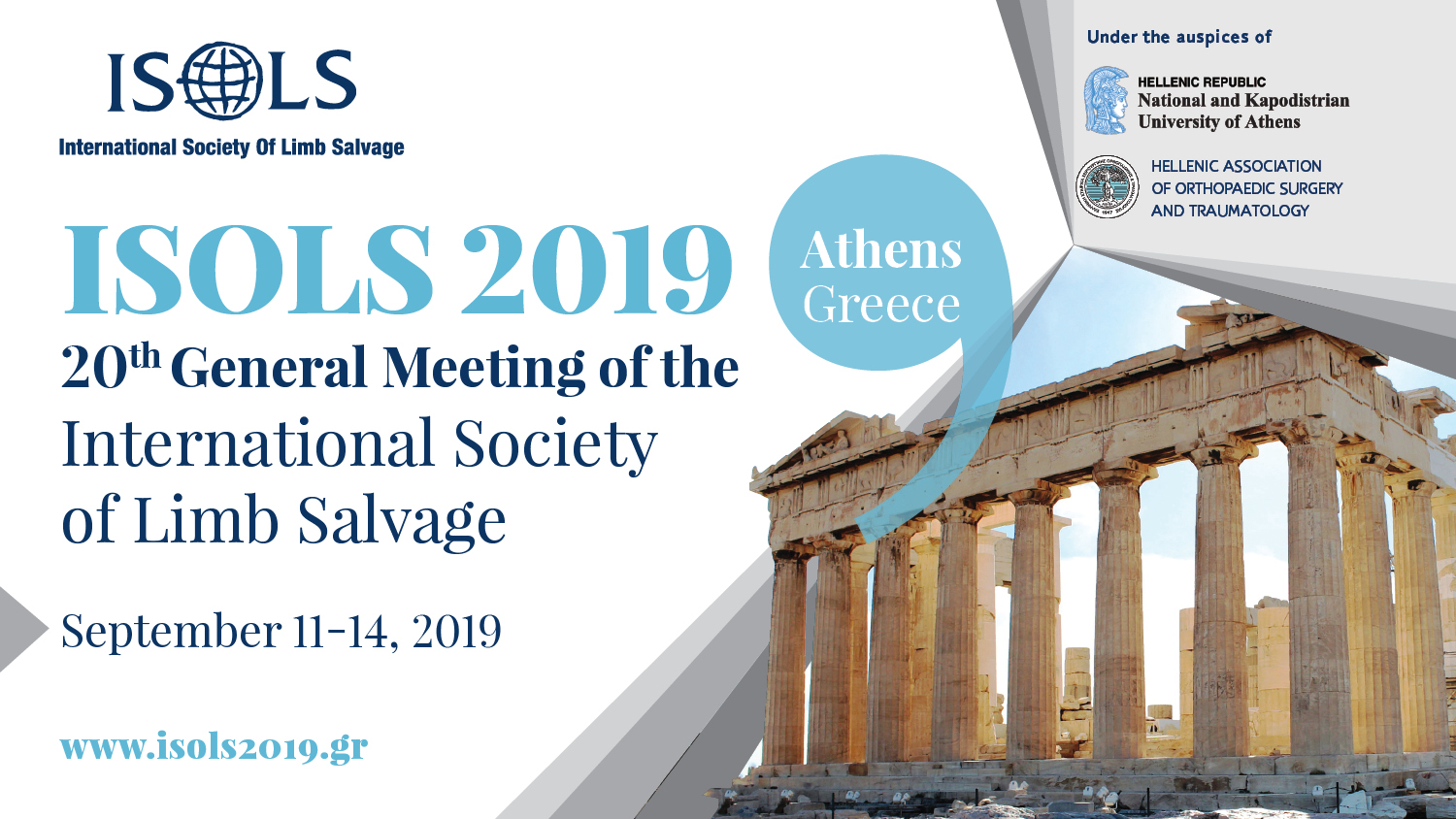Functional and radiographic outcome after tumor limb salvage surgery using STANMORE megaprostheses
J BUON. 2011 Apr-Jun;16(2):353-60.
Mavrogenis AF, Mitsiokapa EA, Sakellariou VI, Tzanos G, Papagelopoulos PJ.
Mavrogenis AF, Mitsiokapa EA, Sakellariou VI, Tzanos G, Papagelopoulos PJ.
PURPOSE: To report the clinical and radiological outcome of limb salvage surgery with the STANMORE megaprostheses.
METHODS: We retrospectively studied 33 patients with musculoskeletal tumor limb salvage surgery using STANMORE megaprostheses. Clinical evaluation was done using the Enneking and the Toronto Extremity Salvage Score (TESS). Radiographic evaluation was done using the International Society of Limb Salvage (ISOLS) score.
RESULTS: At a mean follow-up of 18 months, 21 patients were alive with no evidence of disease and two patients were alive with metastatic disease; 9 patients died of metastatic disease and one patient of causes unrelated to the primary tumor. Local recurrence was not observed in any of the patients. The mean Enneking and TESS scores were 76 and 88.4%, respectively. The ISOLS score was excellent or good in 30 cases for bone remodelling, 30 cases for the interface, in 30 cases for anchorage, in 32 cases for the implant body, and in 33 cases for the articulation. Extracortical bone bridging greater than 25% was observed in 8 prostheses. Mechanical survival of the megaprostheses was 97% (32 megaprostheses). Complications included seroma and hematoma formation (12%), skin necrosis and dehiscence at the knee wound (9%), aseptic loosening and infection (6%), quadriceps tendon rupture and peroneal nerve palsy (3%). Conclusion: The local recurrence-free survival in this series supports limb salvage surgery. The 97% survival rate of the megaprostheses suggests that the STANMORE modular megaprostheses are valuable for reconstruction of bone defects after tumor resection.
METHODS: We retrospectively studied 33 patients with musculoskeletal tumor limb salvage surgery using STANMORE megaprostheses. Clinical evaluation was done using the Enneking and the Toronto Extremity Salvage Score (TESS). Radiographic evaluation was done using the International Society of Limb Salvage (ISOLS) score.
RESULTS: At a mean follow-up of 18 months, 21 patients were alive with no evidence of disease and two patients were alive with metastatic disease; 9 patients died of metastatic disease and one patient of causes unrelated to the primary tumor. Local recurrence was not observed in any of the patients. The mean Enneking and TESS scores were 76 and 88.4%, respectively. The ISOLS score was excellent or good in 30 cases for bone remodelling, 30 cases for the interface, in 30 cases for anchorage, in 32 cases for the implant body, and in 33 cases for the articulation. Extracortical bone bridging greater than 25% was observed in 8 prostheses. Mechanical survival of the megaprostheses was 97% (32 megaprostheses). Complications included seroma and hematoma formation (12%), skin necrosis and dehiscence at the knee wound (9%), aseptic loosening and infection (6%), quadriceps tendon rupture and peroneal nerve palsy (3%). Conclusion: The local recurrence-free survival in this series supports limb salvage surgery. The 97% survival rate of the megaprostheses suggests that the STANMORE modular megaprostheses are valuable for reconstruction of bone defects after tumor resection.

